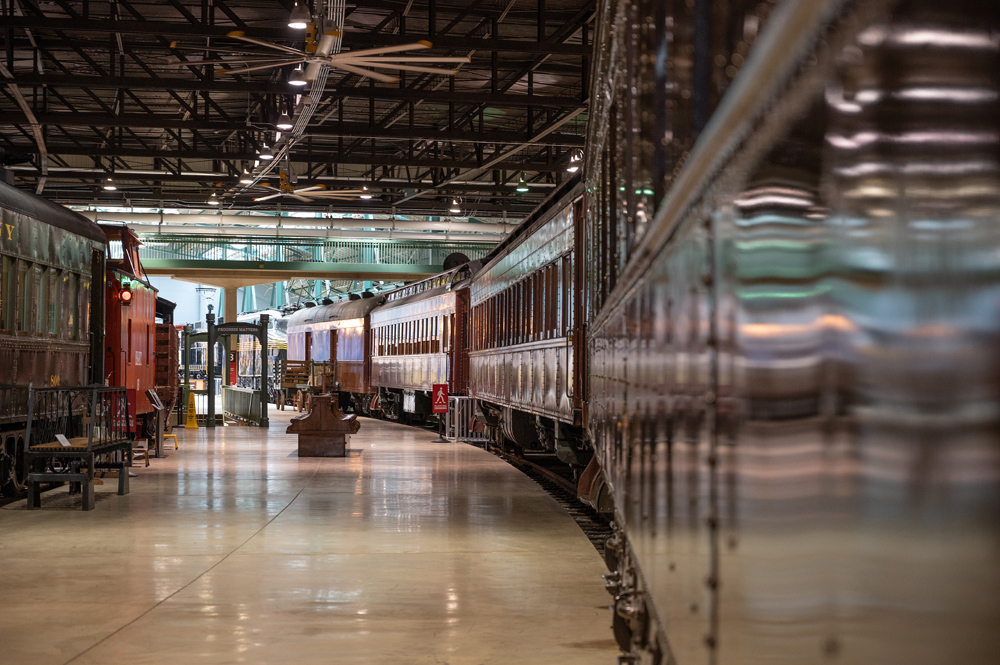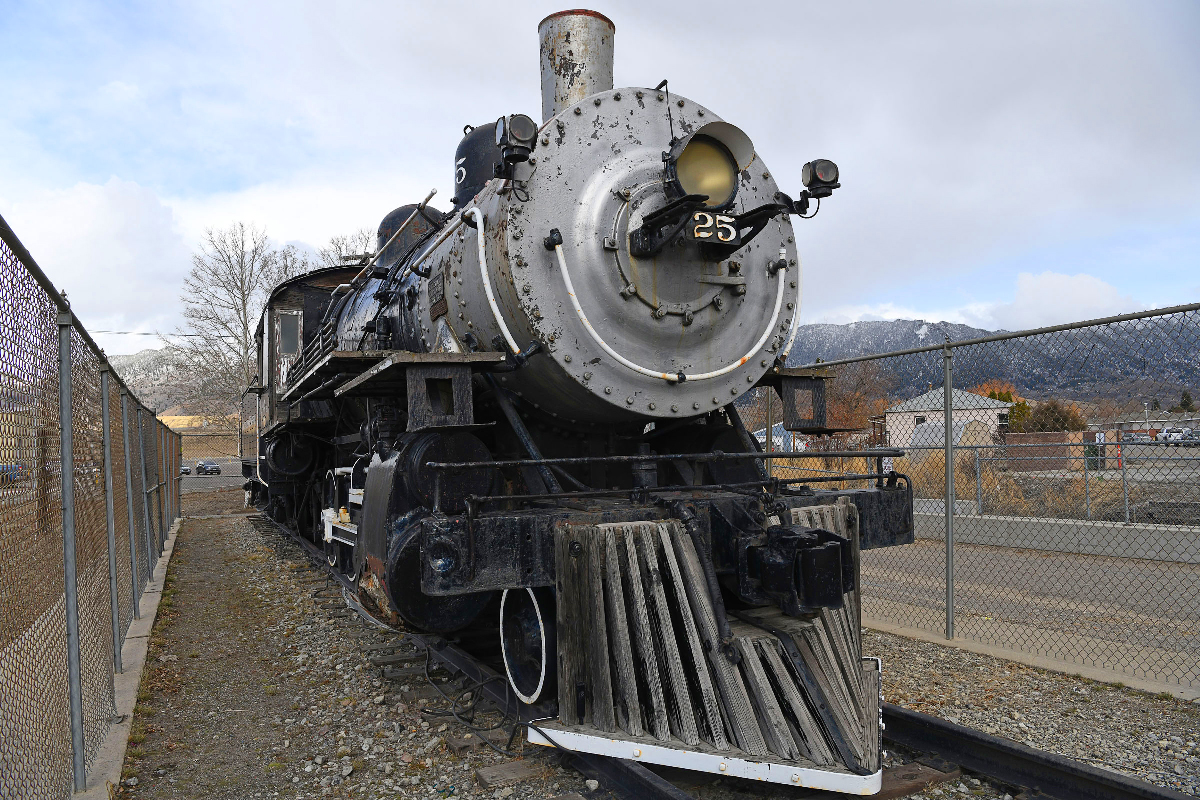
What does it take to save historic rail equipment? It might seem like a lot, even for a simple flatcar. However, learning from the experiences of others — and getting some helpful tips — can help first-time preservationists and new organizations determine how they can get involved.
Having a plan
The modern rail preservation movement in North America has evolved considerably over the last 50-plus years. Today’s advanced planning, involving gathering resources and leveraging expertise, has become the standard for successful efforts. It’s a stark contrast with earlier, less-organized attempts that often yielded mixed results.
Preservationist Rob Davis is no stranger to advanced planning, an approach he used as co-founder at the Pennsylvania-based Railroad & Industrial Preservation Society, Inc. (RIPS), which is restoring the acquired Lehigh & New England Railroad Alco S2 No. 611; and as administrator to “Ahead of the Torch,” a Facebook group for other preservationists to correspond and interact.
“[Railroad & Industrial Preservation Society] went into this with a philosophy of stewardship,” he says. “If we do our job right, we will not be the last caretakers of No. 611. But if you don’t think that what you’re acquiring is worth that level of preservation planning, that’s where you draw the line between ‘am I a hobbyist?’ and ‘am I doing something because I believe there’s actual historic value in this particular equipment?’”
Davis believes this is the first question everyone should ask themselves before any equipment acquisition begins, whether it be through a purchase or donation.
Beyond acquisition, follow-up plans for stabilization, relocation, restoration, and future purpose are also crucial. A prime example is the successful possession of the E-class sleeper Edmundston from VIA Rail Canada in 2015. What began as a personal project by Rapido Trains CEO Jason Shron and supporters evolved into the creation of the non-profit VIA Historical Association out of Toronto in 2019. The group’s vision is now clear and well established: Strategically expand the collected fleet of VIA heritage equipment to celebrate the carrier’s history, including its 50th anniversary in 2028, while establishing a permanent home base for long-term sustainability

A key driver in the association’s success is having a mandate. “I think about the Railroad Museum of Pennsylvania in Strasburg,” said association Secretary Christopher Greenlaw. “They’ve got a clear mandate and they know what they can save and what they can’t save. If you don’t have that mandate and stick to it, you’re going to end up with surplus equipment that you can’t use or can’t save. That’s how you end up with museums that have long deadlines and junkyards.
“For example, VIA is going to be retiring some equipment in the near future. We need to look at it and go, ‘Okay, should we save this or should we help to ensure that another agency like Exporail in Montreal can save a set of this equipment?’ Maybe the goal should be to ensure that somebody has it versus us.”
Doing things you don’t want to do

Rail preservation is not always about doing what you want to do, but what you need to do. That means taking necessary steps and avoiding shortcuts.
For Davis, it was the lengthy process of establishing RIPS as a 501c(3) before launching any announcements, campaigns, and fundraising efforts for No. 611. “We took about a year before everything became official because it took that long to get all the attorneys lined up with the nonprofit status. We did everything by the book because we wanted this to be solid and lasting. Former Trains Editor Jim Wrinn and I used to talk during RIPS’ early days and he told me to be patient during the process.
“It’s hard when it’s something you are passionate about. You want it to be enjoyable, but you have to operate like a business.”
Greenlaw agrees. “[VIA Heritage Association] did start off to a certain degree as a social club. But as we’ve grown and had to become more business-like as there are also expectations as a non-profit that you have to meet, particularly when it comes to the government. You have to have a business mindset and you have to make sure that you’re backing everything up with that business mindset with things like contracts. It helps to ensure that all of the individuals and the organizations involved are protected and that the obligations and requirements are clearly spelled out.”
Making friends
Rail preservation can be a small world full of big egos. You’ll need some ego to boost your confidence in attempting to save historic equipment, but you don’t have to go it alone.
This small world is ripe for humble introductions, networking, partnerships, collaborations, and friendships. Greenlaw credits VHA’s success in its ongoing acquisitions and restoration projects to the robust networking and partnerships with various organizations and individuals.
“This is not like a model railway where you can just pick things up and move them around,” he explains. “Everything’s big, everything’s heavy, and everything takes a certain amount of expertise.”
Davis is on board with that same notion, having seen preservation efforts and groups fall due to infighting. Combating that reality is one of the reasons he founded “Ahead of the Torch” 30 years ago.
“As you get into the business and if you haven’t had direct experience before with all the different contractors and skill sets you’re going to need for the project, get a friend and a mentor, and go slow. It is essential to build relationships with people who will help you get into the right conversations and tap resources that are not always obvious. Earning trust in the railroad field is incredibly important.
“This is especially true for those of us who are dealing with short lines and Class Is. A lot of rail preservation is done through relationships and handshakes, but that’s not going to get you to the finish line. You need that business-oriented foundation. The working styles of the preservation community vs. the professional railroad world is a very interesting dichotomy. Hopefully, all of it is moving more towards the professional approach.”

For more on what it takes to save historic rail equipment, read Jim Wrinn’s “Ten Rules for Railway Preservation.”














